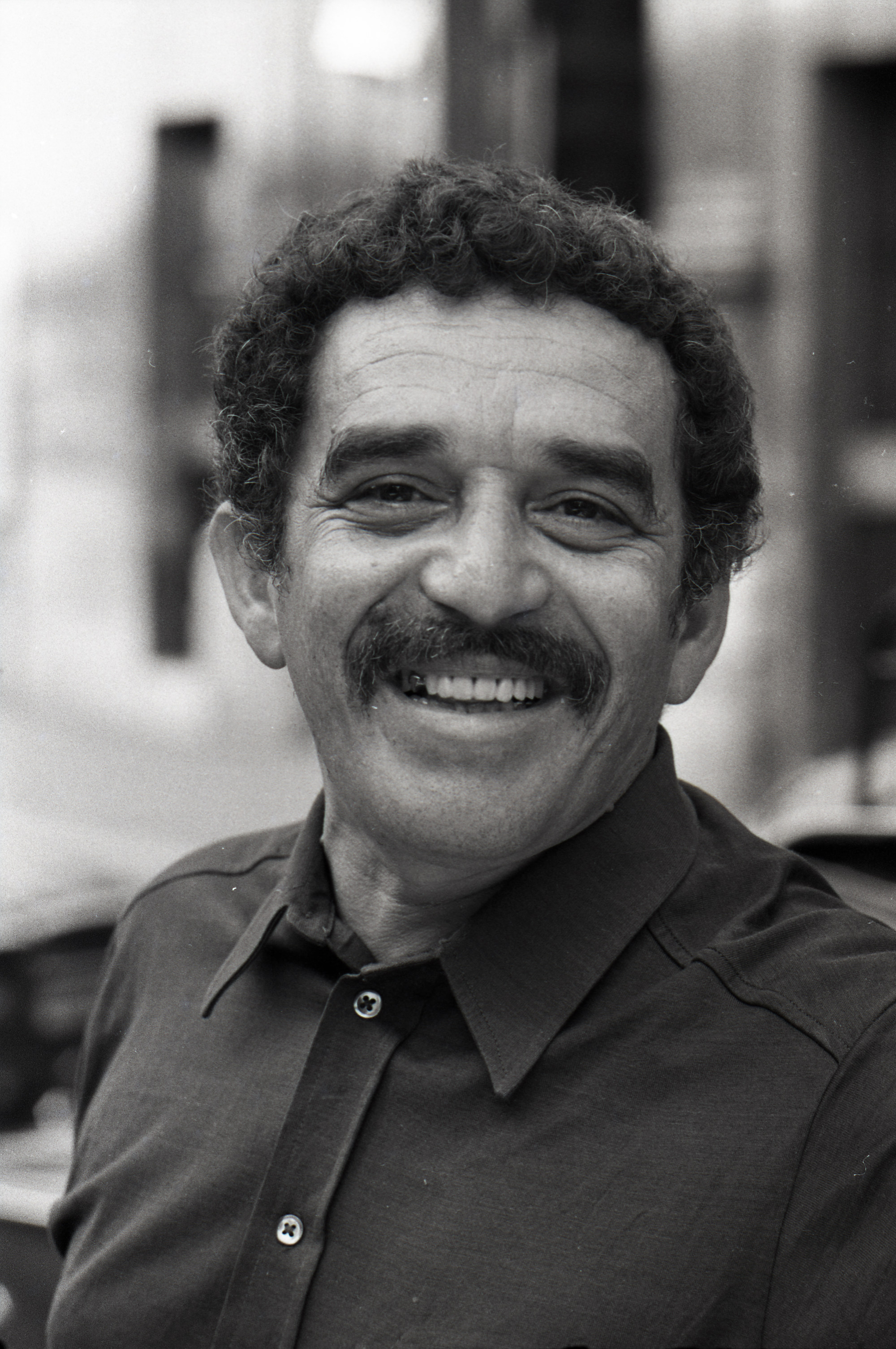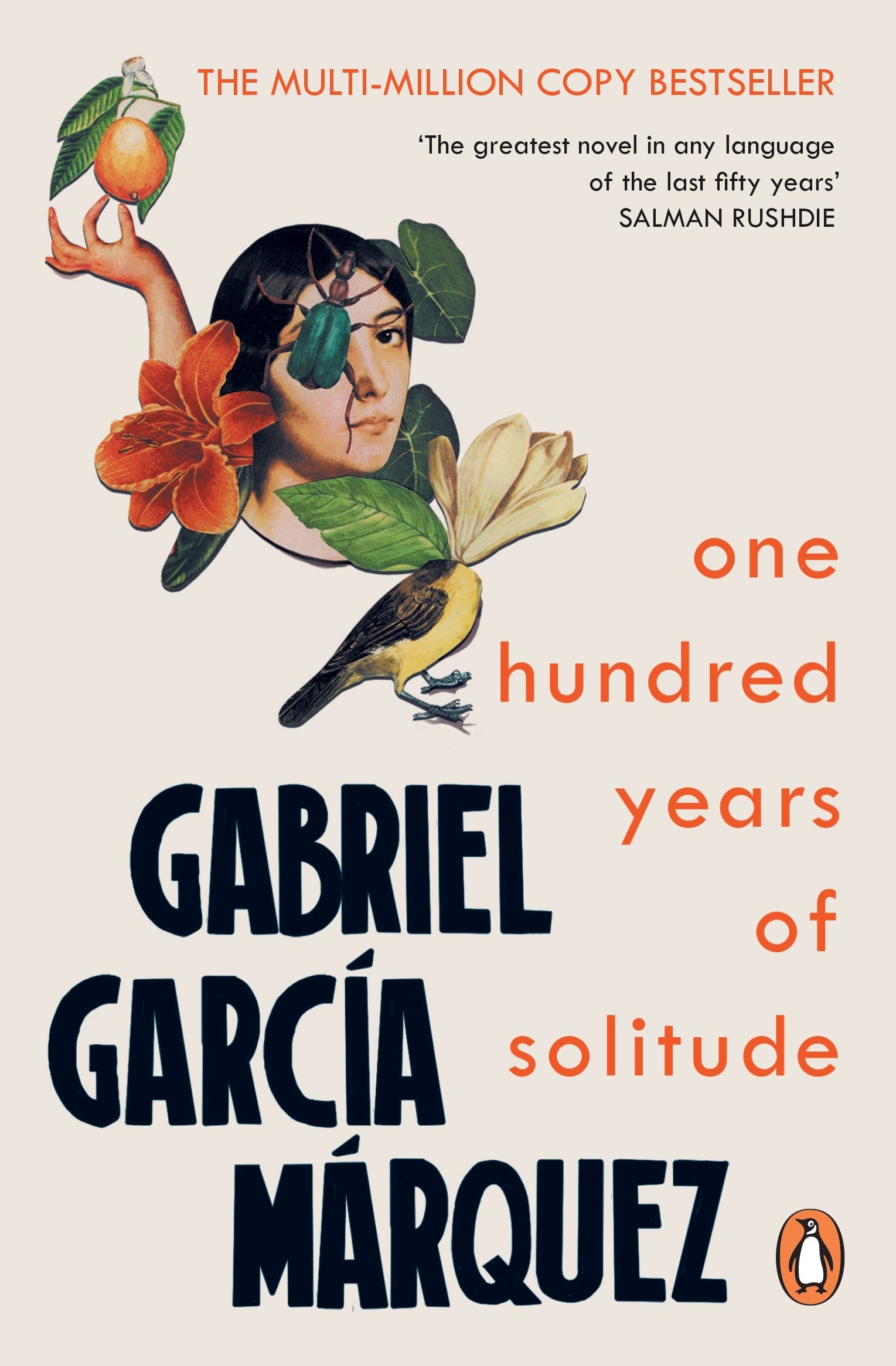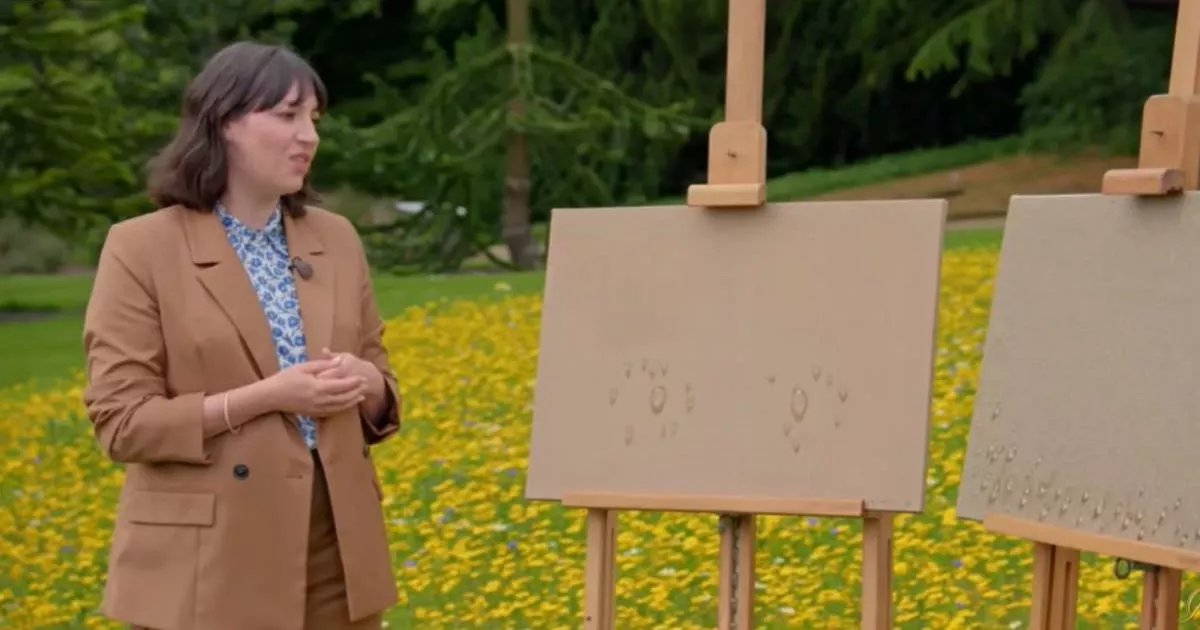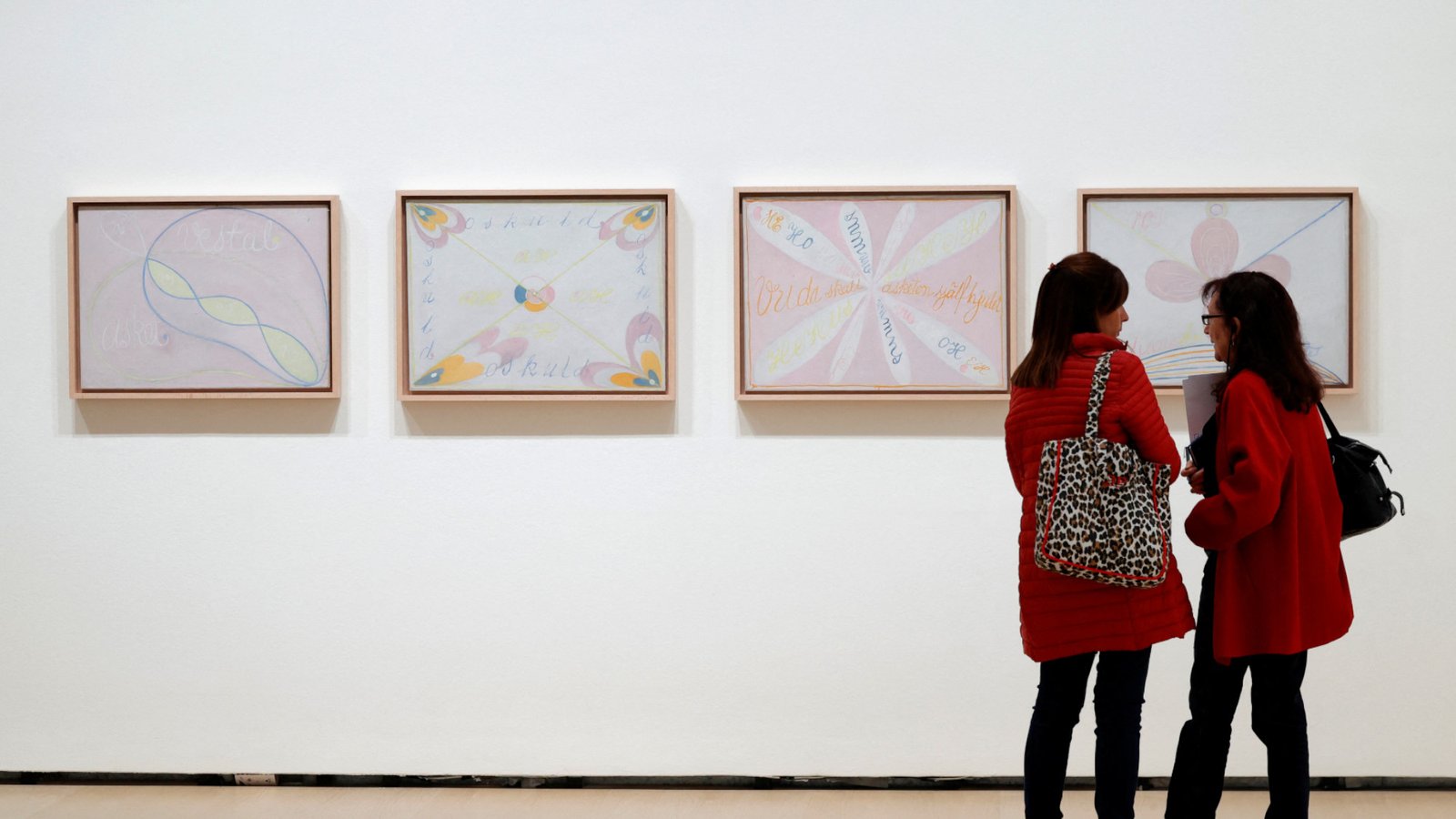How Gabriel Garcia Márquez’s One Hundred Years of Solitude changed an artist’s life
One of the landmark works of 20th century literature, One Hundred Years of Solitude (1967), by Colombian author Gabriel Garcia Márquez, tells the story of the rise and fall of the Buendía family over seven generations and the fictional town they established.
A foundational text of magical realism, which juxtaposes the mundane with the wildly fantastic, the book is also a caustic comment on Colombia’s self-interested elites. Hong Kong contemporary artist Hilarie Hon Hang-lam tells Richard Lord how it changed her life.
It’s the work that made me realise I wanted to focus on painting. I first encountered it during high school – I just came across it in a bookstore. But I wasn’t patient enough to figure out all the characters’ names at first (multiple characters across generations in the book often share the same name). I just left it on my bookshelf.
The first time I really read it was at a challenging stage for me. It was during the last year of my degree in visual arts at Hong Kong Baptist University.

All art students need to finish a graduation work – it’s very important to us. I really, really wanted to go for painting. But all of my professors said no – I’d spent all my credits working on craft. I felt like I could not do what I wanted.
I was feeling really sad during the term break; then I saw this book on the bookshelf. I picked it up and I just could not move. I read it overnight, until noon the next day. I was so fascinated by it.
One Hundred Years of Solitude shows that given time, everything will fade away. The story is told over seven generations and it’s so complicated, but eventually it all fades to nothing.
Then I realised that even though it’ll eventually be nothing, I still want to paint; it’s OK to focus on the process of painting. I could feel my instinct telling me that this is the medium I want to do the most. The book gave me the determination to do it.

My graduation work was inspired by this book. “Wherever you go you should remember that the past was a lie,” is a quote from the book. It features a tiny painting, then they get bigger and bigger, then back to a tiny one. I just hid in my studio to paint it – I wasn’t really allowed to be a painter – and I mostly painted at night.
My professor wasn’t surprised when I showed it; he knew I’d been hiding from him. I received good feedback for it.
This book made me realise that determining to be a full-time painter is not easy. You need to think, “Why do I paint?” This is the book that made me realise I was painting for the process of painting.
Once I’ve finished a work, I don’t really care – I don’t feel that I need to earn something from it. The process is the most precious thing I get from this medium.







